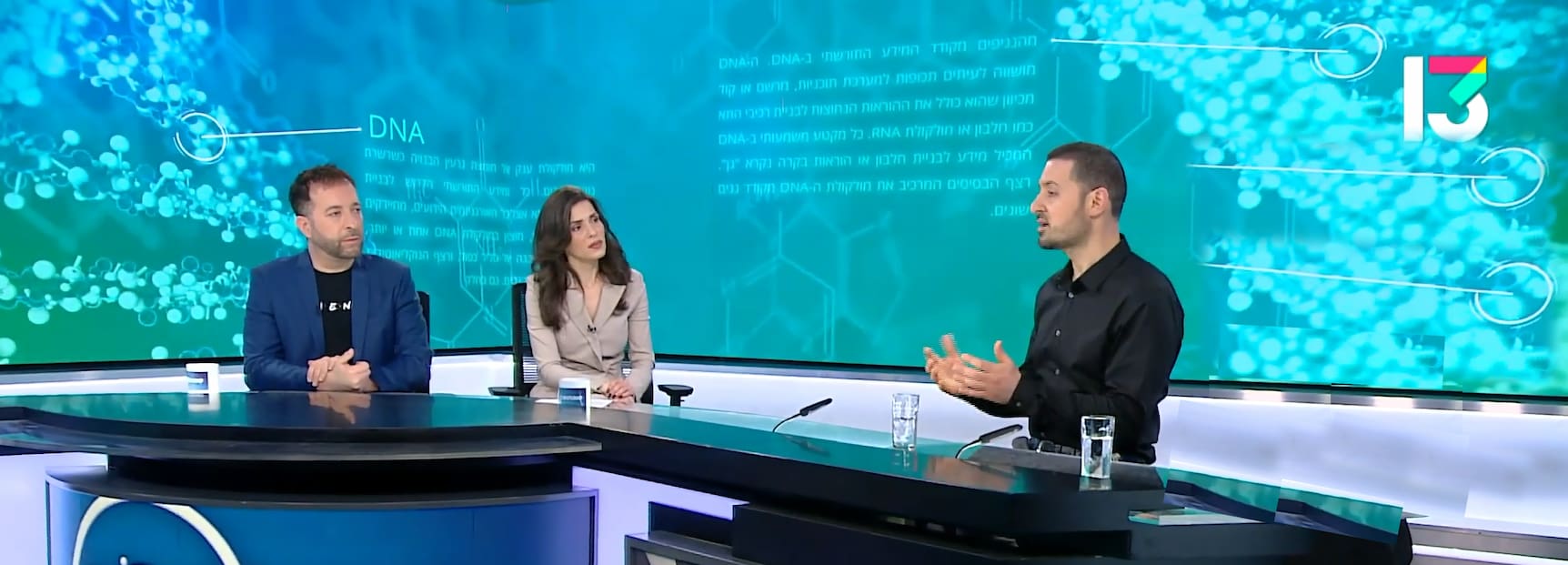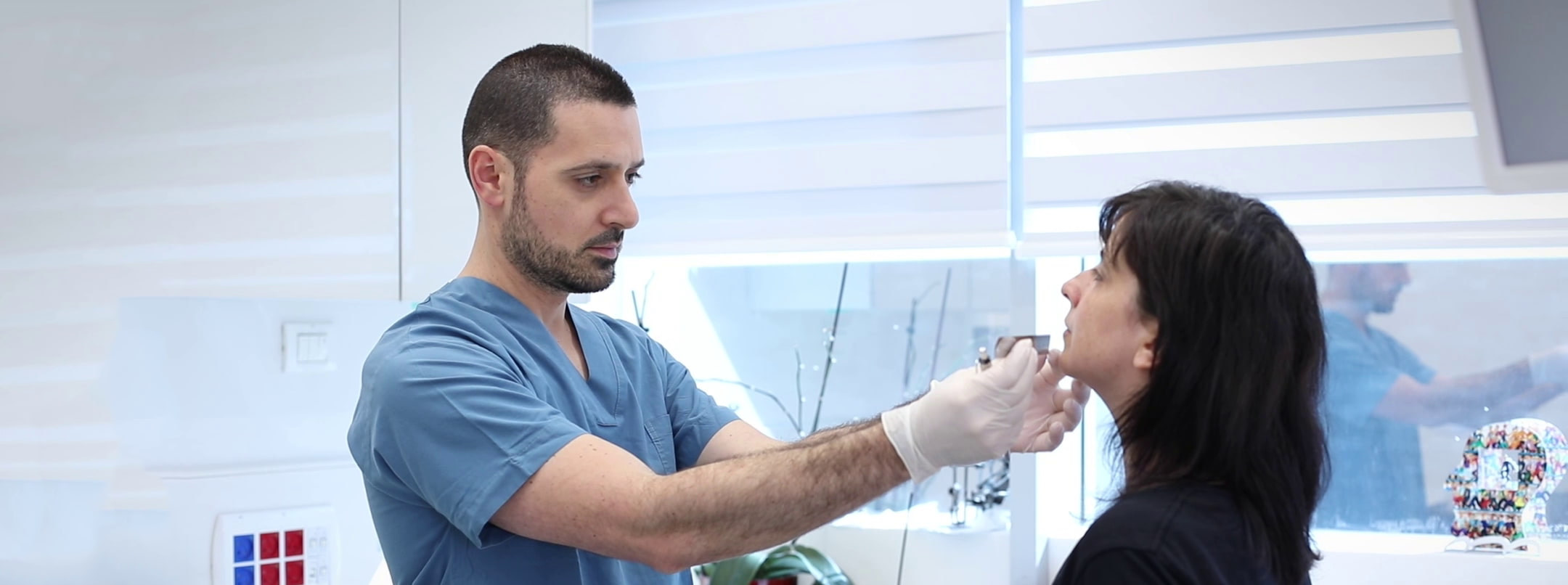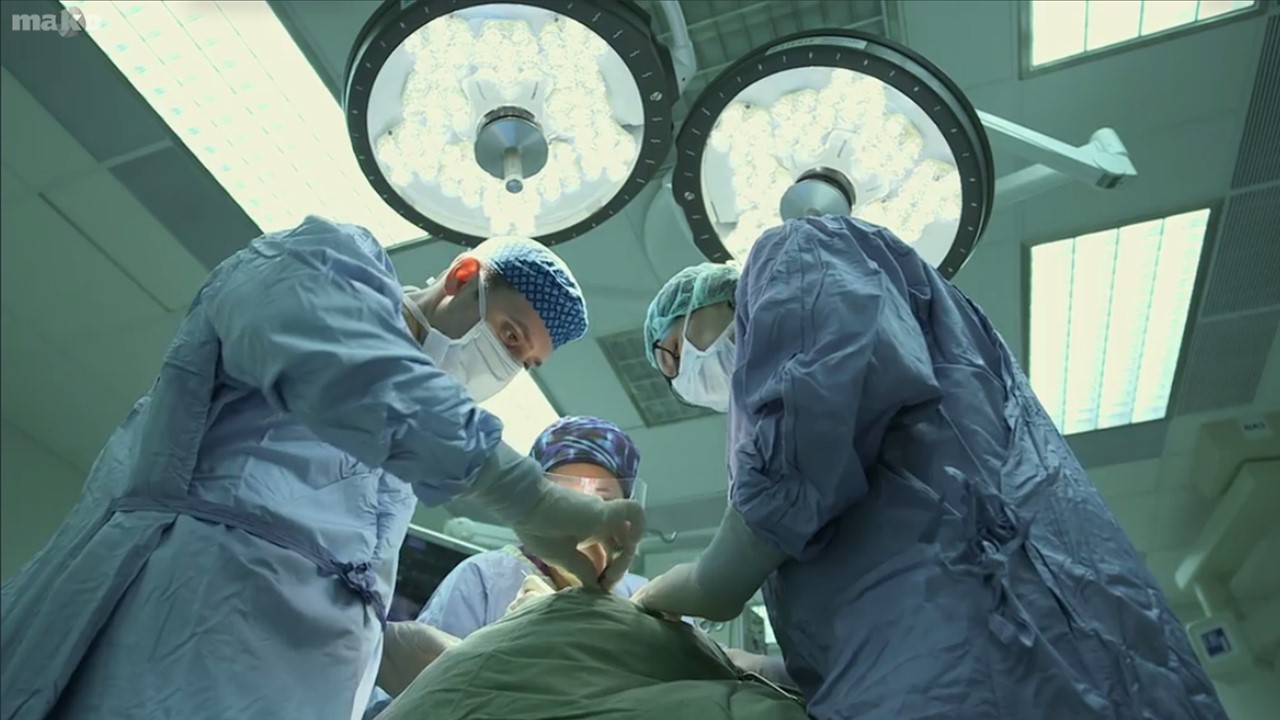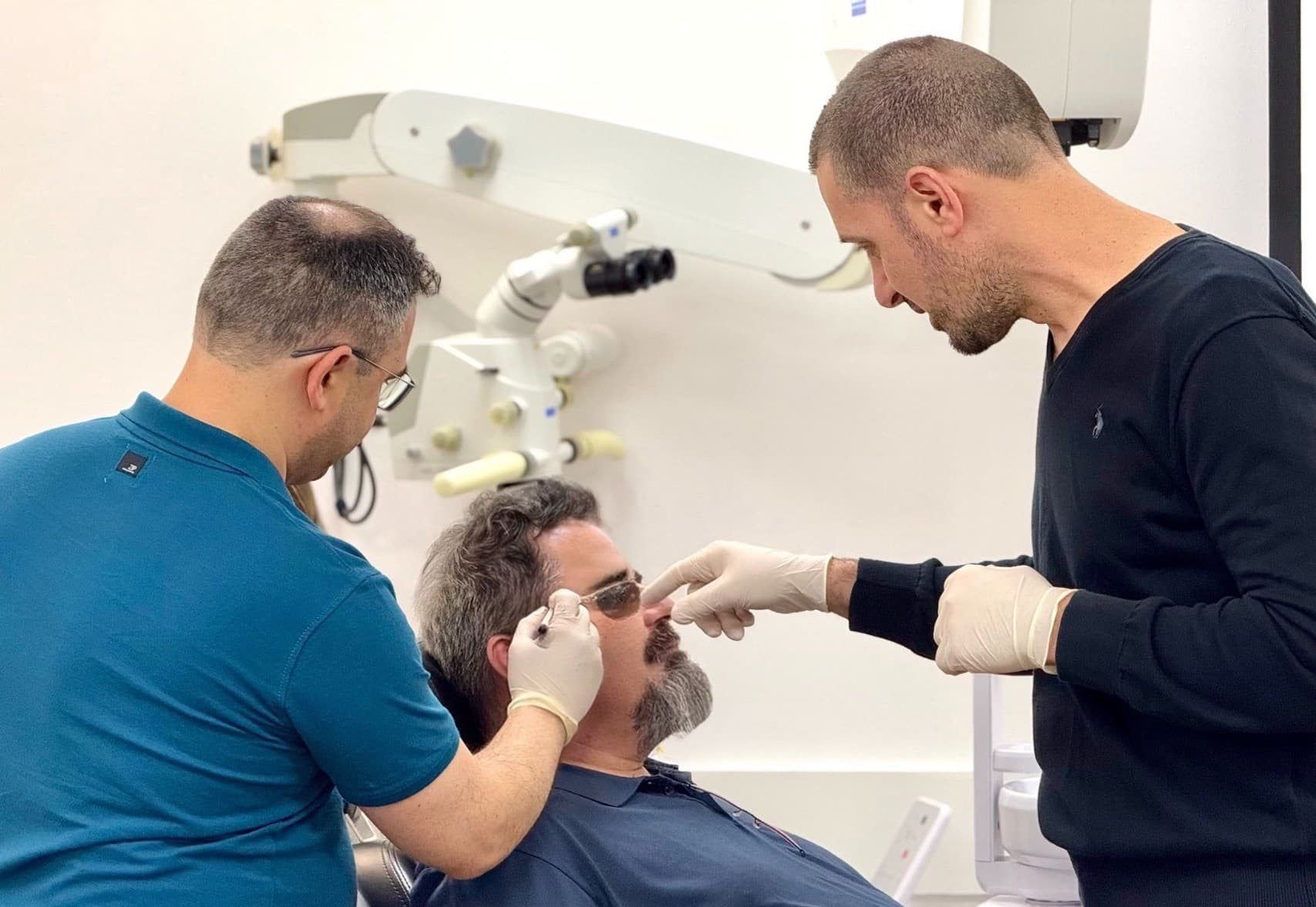
# Nerve pain
Neurogenic pain in the facial and jaw area is caused by disruption, damage, or hyperactivity of sensory nerve fibers. The characteristics of this pain differ from those of muscular or joint-related pain.
The typical complaints and findings that indicate a neurological disorder include one or more of these symptoms:
- Hypersensitivity to stimulation in the painful area, such as severe pain upon light touch, a condition called Allodynia.
- Chronic burning or scorching pain in the oral cavity or facial skin, without evidence of wounds in the skin or oral mucosa.
- Sharp, brief, and intense pain, well-localized, described as an electric shock, recurring in short episodes, and triggered by simple stimuli such as eating, touching, brushing, or swallowing.
- Pain that begins following a clear event (for example, extraction or several successive surgical interventions in the same area), and continues beyond the expected recovery period – without abnormal findings in the doctor's examination except for the presence of pain.
- Pain that does not respond adequately to regular pain medications such as acetaminophen, dipyrone, and ibuprofen.
# Main conditions causing neuropathic pain in the facial and jaw area
- Traumatic neuropathic pain: Caused as a result of direct or indirect damage to a sensory nerve, for example after extraction, implant, local anesthesia, or local trauma. The damage can be temporary or permanent, partial or complete.
- Neuralgia pain: An episodic disorder of sensory nerves, usually in the facial area (trigeminal neuralgia syndrome), but can also appear in the mouth, ear, throat, neck, and nape.
- Post-herpetic neuralgia: This is a complication of shingles (herpes zoster) caused by a recurrent outbreak of the varicella-zoster virus (VZV), which is a virus from the herpes family. In the skin area where the viral outbreak occurred, pain may persist for months after healing of the skin lesions, a condition called post-herpetic neuralgia.
- Burning Mouth Syndrome: Chronic burning pain in the oral cavity, for an unclear reason. The cause may involve small sensory fibers beneath the oral mucosa or central involvement (the brain). Sometimes complaints about changes in taste sensation and/or a feeling of dry mouth accompany the burning sensation.
- Multiple sclerosis: This is a disease of the central nervous system, which may manifest as neuropathic pain and sometimes even as bilateral facial and oral neuralgia.
# Diagnosis and Investigation
- The diagnosis is based on the patient's description of the pain, clinical examination, and response to treatments. In some cases, an MRI scan of the brain and cervical spine will be performed to rule out space-occupying processes or central diseases such as multiple sclerosis.
# Treatment
- Chronic neuropathic pain in the head-neck area is usually treated by a pain specialist, oral and maxillofacial surgeon, neurologist, oral medicine specialist, or rheumatologist. To reach a diagnosis, the doctor needs to rule out other disorders that cause pain such as temporomandibular joint inflammation, temporomandibular joint dysfunction, tumors around the temporomandibular joint, and myofascial (muscle) pain. Neuropathic pain can have negative implications for the person both psychologically, health-wise, and cognitively, affecting both quality of life and daily functioning.
- Treatment of chronic pain is usually multi-modal and includes several treatments simultaneously, including medications, physiotherapy, behavioral changes, splints, complementary medicine, and more. Treatment of neuropathic pain is important not only because it relieves pain and helps the patient during treatment, but also because it reduces the risk of future worsening of pain intensity, fixation of pain sensation, drug addiction, and the appearance of depression and anxiety conditions.
- It is recommended to start with conservative treatment including neurogenic nerve medications. Additionally, alternative medicine modalities can be integrated. When treatments have failed to reduce neuropathic pain or when drug treatment cannot be given or when medication side effects are intolerable, it is recommended to advance to local treatments such as nerve blocks, treatment with local injection to the pain area.






